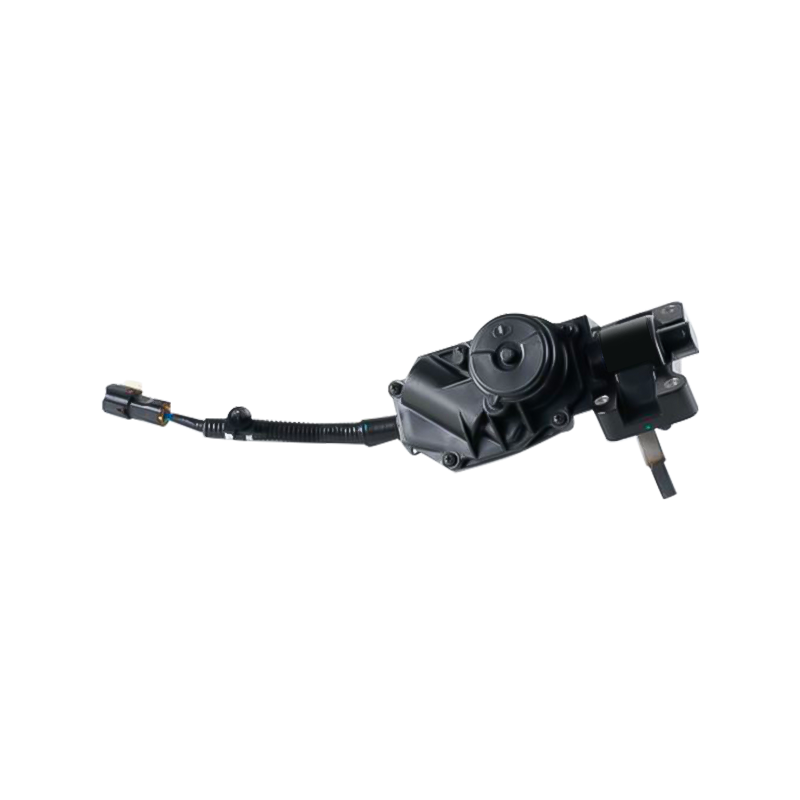BT001 Honda Accord Windshield Wiper Motor
Power Voltage 12V DC, 35W No-load Current Low speed ≦1.5A, high speed ≦2.0A No-loa...
View MoreThe Critical Role of Seal Integrity in Oil Pump Motors
In oil transfer and lubrication systems, preventing leakage is crucial for maintaining efficiency, safety, and environmental compliance. A key factor in this is the sealing structure of the Oil Pump Motor, which must effectively contain oil under varying pressures, temperatures, and operating durations. Leaks not only result in product loss but can also cause equipment damage, safety hazards, and costly downtime. Therefore, understanding how the seal design influences the motor's ability to prevent oil leakage is essential when evaluating performance and reliability.

Types of Seals Commonly Used in Motor-Pump Assemblies
Different sealing technologies are employed in Oil Pump Motor assemblies, depending on application demands. The common types include mechanical seals, lip seals, labyrinth seals, and magnetic seals. Mechanical seals are often preferred for high-pressure or high-temperature environments because they provide tight axial sealing between rotating and stationary components. Lip seals, typically made of rubber or PTFE, are widely used in less demanding applications due to their simplicity and cost-effectiveness. Each type has unique strengths and limitations in terms of wear resistance, tolerance to misalignment, and fluid compatibility, all of which affect its ability to prevent oil leakage.
Design Considerations That Enhance Leak Prevention
An effective sealing structure is not solely dependent on the type of seal used but also on how well it is integrated into the motor housing. Key design elements include precision machining of seal grooves, the use of high-grade sealing materials, and proper shaft alignment to reduce vibration. Additionally, the inclusion of dust lips, double-seal configurations, and pressurized barrier fluids can further strengthen a motor’s resistance to leaks. In some advanced systems, seals are positioned in multiple stages to handle pressure gradients and protect against both internal and external contaminants.
Environmental Factors That Influence Seal Performance
Sealing effectiveness is highly influenced by the operating environment of the Oil Pump Motor. In high-temperature applications, for example, elastomer seals may degrade unless they are made from heat-resistant materials like Viton or FKM. Similarly, exposure to abrasive particles, corrosive fluids, or sudden pressure changes can compromise seal integrity over time. Properly rated seals must be chosen for each specific environment to ensure long-term reliability. Maintenance schedules should also consider environmental exposure, as seals may wear faster under harsh conditions, increasing the risk of leakage.
Maintenance Practices That Support Long-Term Seal Reliability
Even the sealing designs require consistent maintenance to retain their effectiveness. This includes regular inspections for wear, replacement of seals at recommended intervals, and monitoring for early signs of leakage such as oil stains or pressure drops. Lubrication quality also plays a role, as contaminated or degraded oil can cause accelerated seal wear. Ensuring proper installation torque, shaft cleanliness, and alignment during assembly further supports the sealing structure’s performance and helps prevent premature failure.
Application-Specific Requirements for Leak Prevention
Different applications may place unique demands on the sealing structure of an Oil Pump Motor. For example, in precision machinery or medical equipment, even minor leaks are unacceptable and require hermetically sealed or magnetically coupled motor designs. In contrast, industrial oil circulation systems may tolerate leakage but prioritize ease of seal replacement. Understanding the specific operational and environmental context allows engineers to choose or customize sealing solutions that match performance expectations without over-engineering the system.
Conclusion: Seal Design Is Key to Oil Containment and Operational Success
The sealing structure of an Oil Pump Motor plays a central role in ensuring that oil is effectively contained within the system. Through appropriate seal selection, thoughtful mechanical design, and proper maintenance, the risk of leakage can be reduced even under challenging conditions. Whether for high-precision applications or heavy-duty industrial use, a well-engineered sealing system not only prevents oil loss but also enhances motor reliability, reduces downtime, and supports safe, clean operation over the long term.